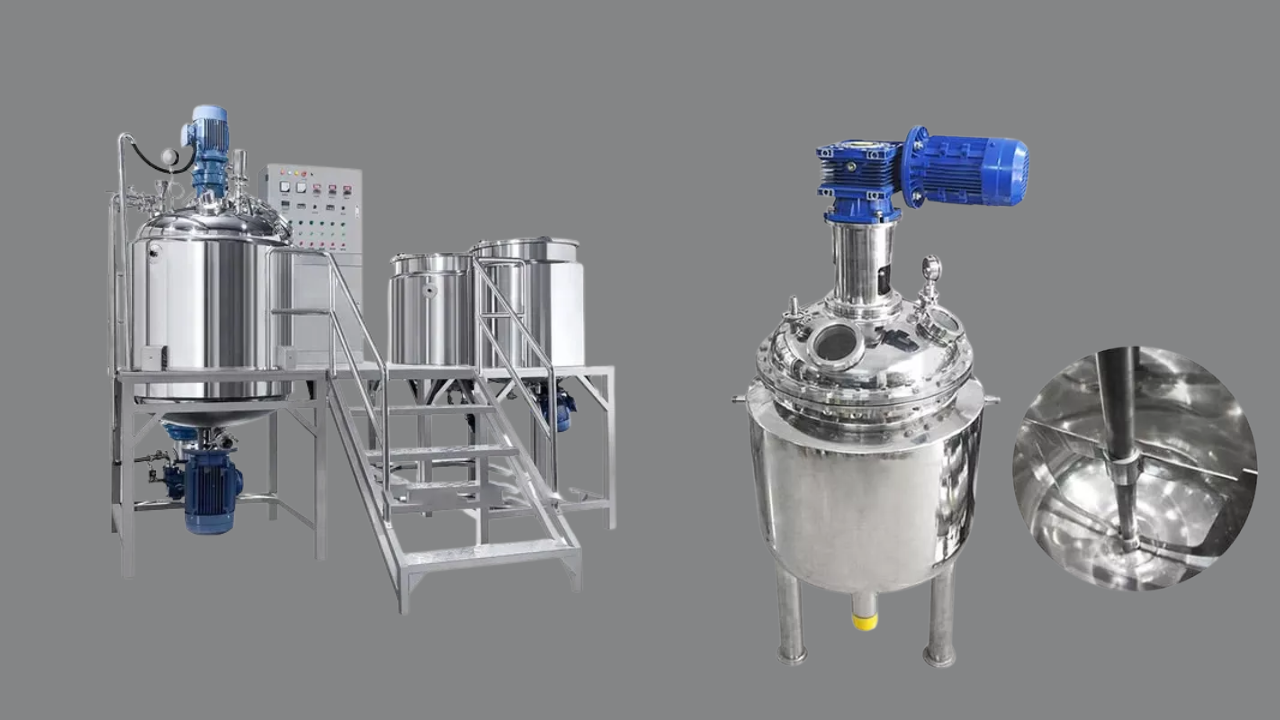Matilda has always been interested in the way things work - how they're made, how they run, and how they can be improved. She's spent her career working in the automotive industry, where she's gained experience in engineering and product development.When she's not at work, Meaghan enjoys spending time with her family and friends. She loves going on road trips, trying out new restaurants, and exploring new parts of the country.

Today, adaptability and efficiency are paramount in the rapidly advancing chemical process industries. A multi-function agitator tank is an important part of various applications, being versatile enough to fit various processing requirements. These tanks are meant to perform multiple chemical processes with efficiency and precision. This article will highlight the main features of multi-function agitator tanks for chemical processing that improve operational efficiency.
Versatility in Chemical Processing Applications
Multiple-purpose agitator tanks serve essential functions across various chemical industrial operations. These storage units offer multiple usage possibilities across cosmetics manufacturing, pharmaceutical production, and industrial chemical processes. The cosmetic manufacturing sector uses these tanks to create liquid soap, hand-washing solutions, and shampoos. The pharmaceutical industry utilizes agitator mixing tank to combine creams and lotions. They can handle liquids of varying viscosities, agitators run smoothly no matter the formulation.
Advanced Agitation Mechanisms for Precision Mixing
The advanced agitation systems in multi-function agitator tanks are a key feature. These systems use various agitators specific to each chemical process that perform the required mixing. Mixing vanes and speed control mechanisms are included to provide consistent results for different chemical reactions. Operators can control the speed and type of agitation to achieve their products’ desired consistency and quality. It reduces inconsistencies in the process and improves product quality and wastage.
Temperature and Pressure Control Capabilities
Control of temperature and pressure is an absolute necessity for the stability of chemical processes. Often, double-jacketed structures are part of the multi-function agitator tanks, which offer excellent temperature control, especially important for temperature-sensitive reactions. This feature prevents the thermal degradation of heat-sensitive formulations such as those prevalent in the pharmaceutical industry. These tanks also have the pressure control capabilities to handle volatile or high-pressure reactions. It guarantees safety and optimal processing conditions.
Material Selection for Chemical Compatibility
Choosing a multi-function agitator tank is critical in determining compatibility with the treated chemicals. They are constructed from high-grade stainless steel, resisting strong reactions and corrosive action. This durability ensures longevity and reduces constant replacements. Furthermore, the high quality of the material used also reduces contamination, essential in industries with strict hygiene standards.
Easy Maintenance, Cleaning, and Safety Compliance
Cleaning and maintenance are essential for multi-function agitator tanks’ longevity and product quality. Generally, these tanks have smooth internal surfaces that can be polished for easy cleaning. Removing inaccessible areas also reduces the risk of contamination. In addition, most of the tanks conform to industry standards such as GMP, meaning they meet the most stringent safety and hygiene standards.
Scalability and Customization for Process Optimization
Multiple sizes of multi-function agitator tanks are from 1000L to 50,000L for scaling up production. These tanks can be customized with different blending vanes, discharge methods, and layering structures, and they are available in various sizes depending on your needs. This flexibility allows the tank to adapt to multiple industrial requirements, making the production process as efficient as possible for different scales. Customization options can be made for a smaller tank for laboratory use or a larger one for large-scale industrial operations.
Conclusion
In modern chemical processing, multi-function agitator tanks are invaluable tools. Their versatility, advanced agitation mechanism, temperature, pressure control, use of durable materials, and easy maintenance make them useful in various industries. To select a multi-function agitator tank, you must consider factors like material, size, and specific features to choose the best match for industrial applications.
